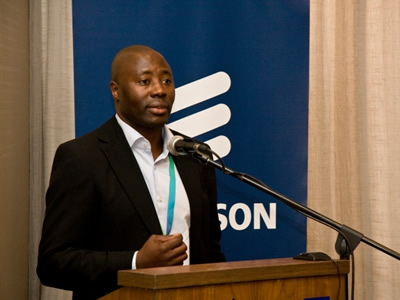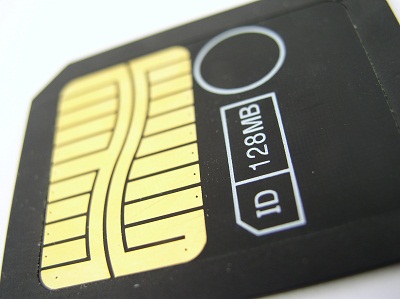Argusoft, a Fremont, CA start-up that’s combines video, instant messaging and Internet telephony in a platform for “e-health” programs in the developing world, is ready to implement a mobile phone application that will enable field workers to register HIV-positive mothers and provide regular updates on their care.
The application, called mAID, runs on any java-enabled phone and utilizes the SMS interface. It is designed primarily for health workers that go out into rural communities to inform citizens on different health issues.
Using the application in the field is simple. Cell phones are given to health workers who communicate through the phone to a central database. The health workers are sent daily instructions in the morning via SMS on where to go and which houses to visit. The health workers collect relevant data on HIV/AIDS prevalence and awareness and report the data back to the central database via SMS.
The new program is overseen by the Indian government with financing from the Global Fund, a nonprofit in Geneva that targets AIDS in developing countries. IL&FS, an infrastructure development conglomerate based in Mumbai, is handling logistics.
mAID underwent a pilot test where 35 health workers reached over 2500 patients using the application. The pilot phase ended last month, and based off its results, the Indian government wants to inject 3600 more health workers into the field with the mobile app for a nationwide scale up. There are even talks about using the application in Africa.
The CEO of Argusoft, Ram Gopalan has cited the difficulties of preventing HIV/AIDS as the impetus of his application. “It’s fully preventable, but one of the highest killers of children in the Third World,” Gopalan said.
Gopalan echoes the same sentiments of the Indian Government who have been working to prevent prenatal HIV transmission since 2002, using counseling and testing centers around the country. The Indian Government also cited issues with health worker capacity. Regarding that Gopalan said, “There was a lot of inefficiency, workers misinterpreting instructions, and paperwork getting lost.”
Argusoft is no stranger to implementing eHealth initiatives. In the eastern Indian state of Tripura, Gopalan linked isolated villages with a hospital in the state capital where doctors can remotely diagnose simple but life-altering problems such as cataracts. This telemedicine project has provided eye care for more than 100,000 patients over the past five years.
In the future, Gopalan wishes to introduce a network of accredited family-care doctors from India who could be available 24/7 for live video chats with patients. This is similar to the meradoctor project which already exists in India. In the meantime, the HIV/AIDS burden in India needs some attention as it is the third highest burden in the world in terms of sheer numbers living with HIV.



















































